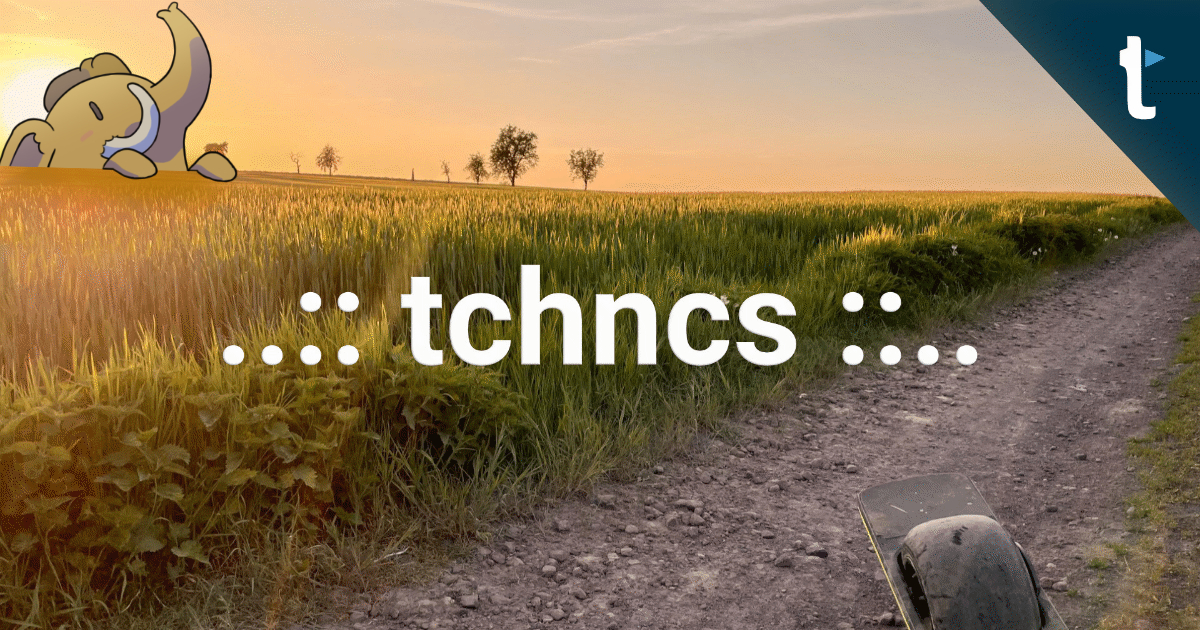The Chemical Science Pick of the Week this week is “Discovery of fully synthetic FKBP12-mTOR molecular glues” by Felix Hausch and colleagues!
Read the manuscript for free, via Diamond Open Access, at https://doi.org/10.1039/D4SC06917J
Molecular glues are a drug modality with the potential to engage targets that are otherwise considered to be undruggable due to the lack of binding sites.
Through the help of an additional protein, the binding surface of the molecular glue-protein-complex can become sufficiently large to bind to flat and featureless protein surfaces with a high affinity.
Currently, molecular glues and molecular glue degrades are still largely discovered by serendipity and strategies for identifying them through rational and targeted means remain rare.
This work is reporting on the first fully synthetic KBP12-mTOR molecular glue, which can target flat surfaces. The authors show that screening at high target protein concentrations was crucial for the identification of a very weak hit, that would not have been as easily found via other approaches.
By utilizing the crystal structure, the authors were able to undertake rational design of the initial hit, leading to compounds which bind the FRB (FKBP-rapamycin 1 binding) domain of mTOR (mechanistic target of rapamycin 1) at nanomolar concentrations within cells, inhibiting functions of the complex.


